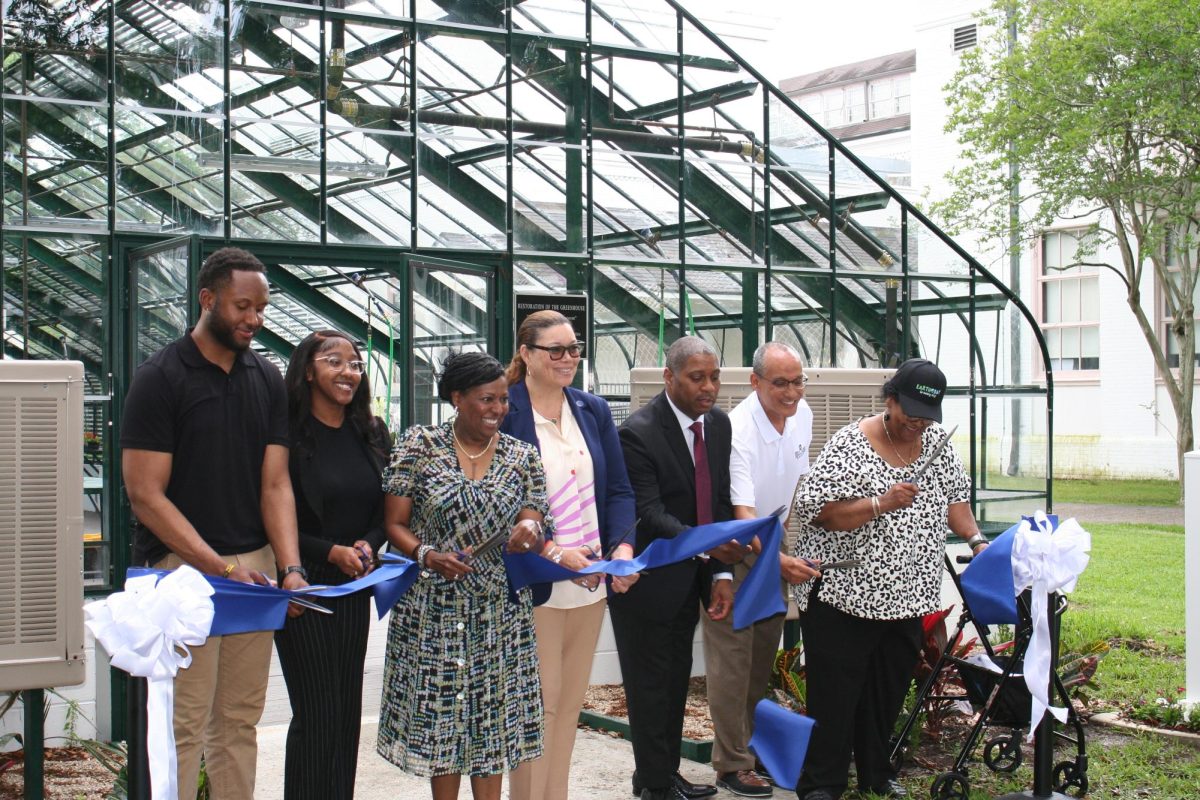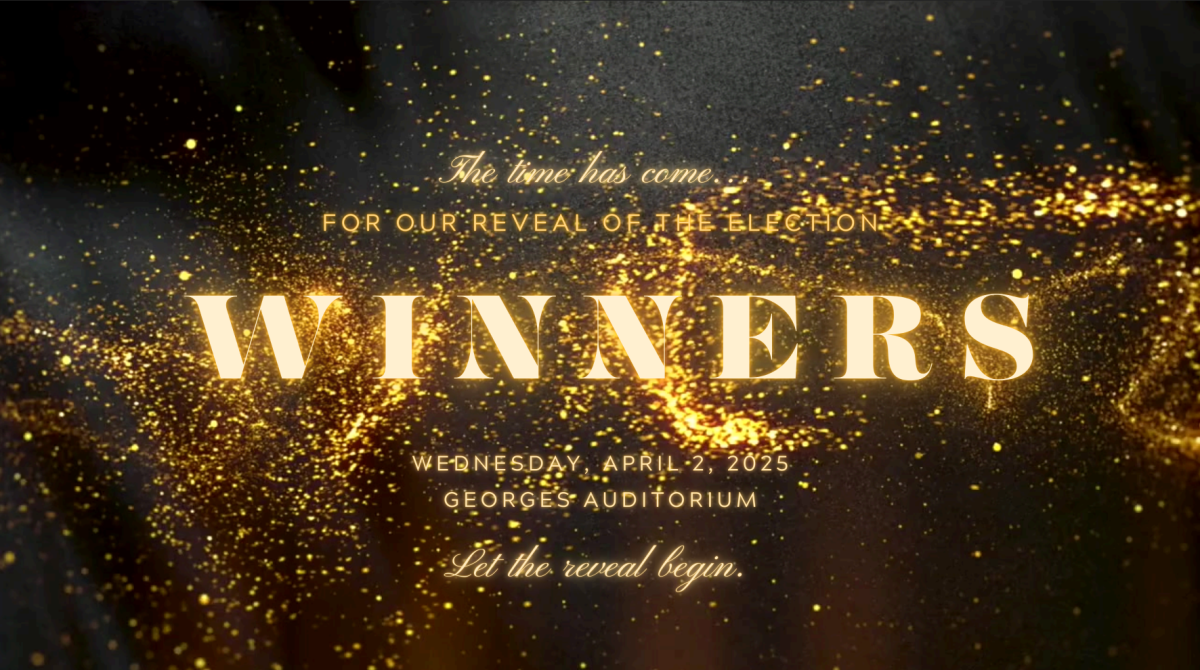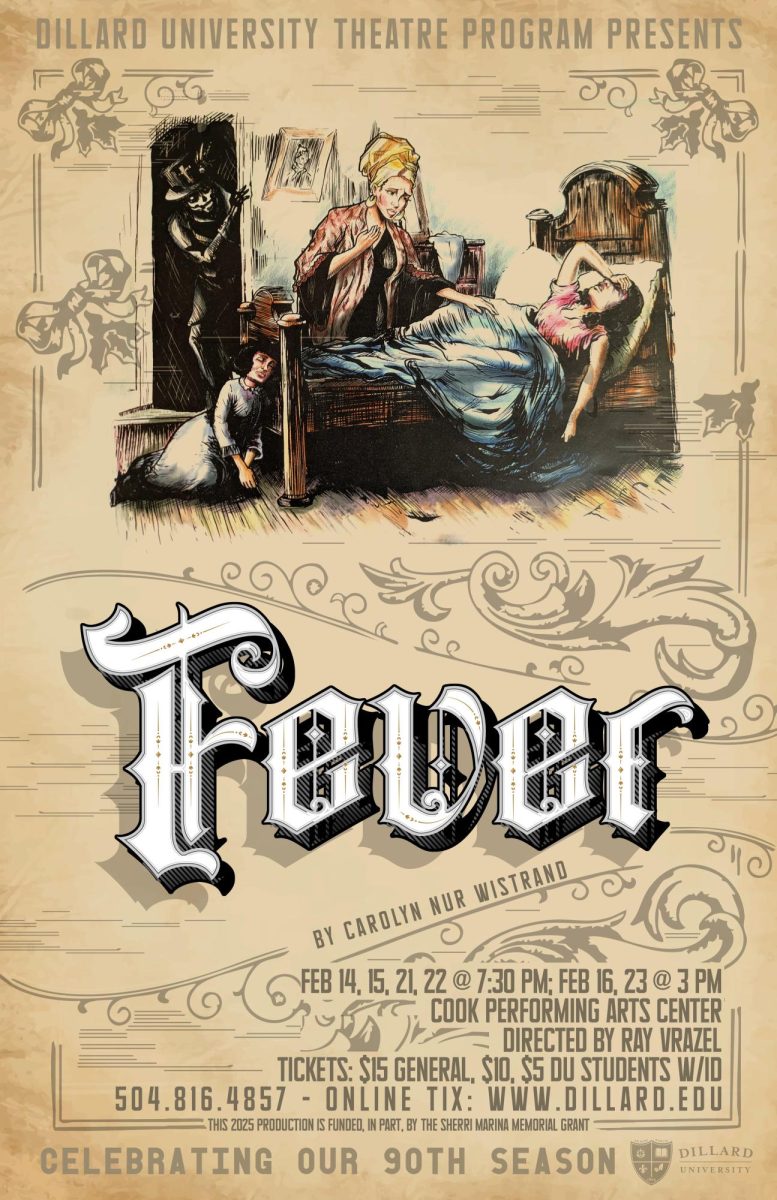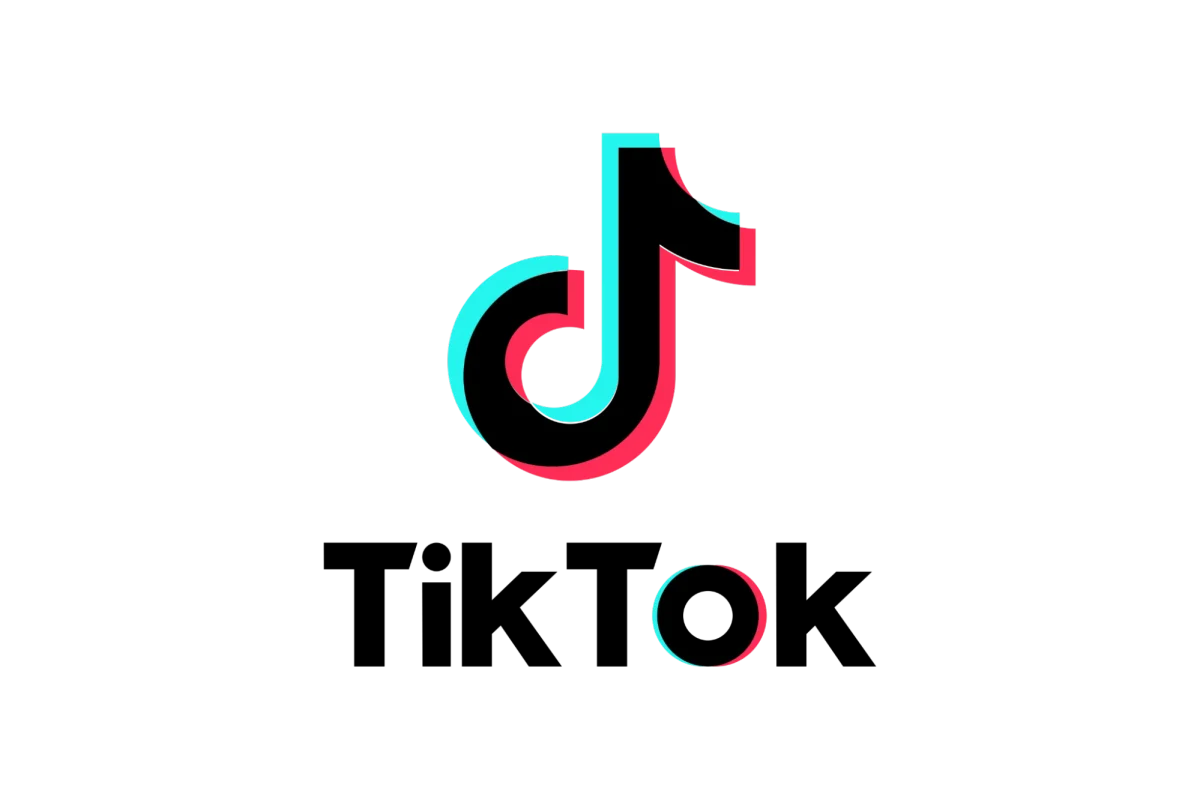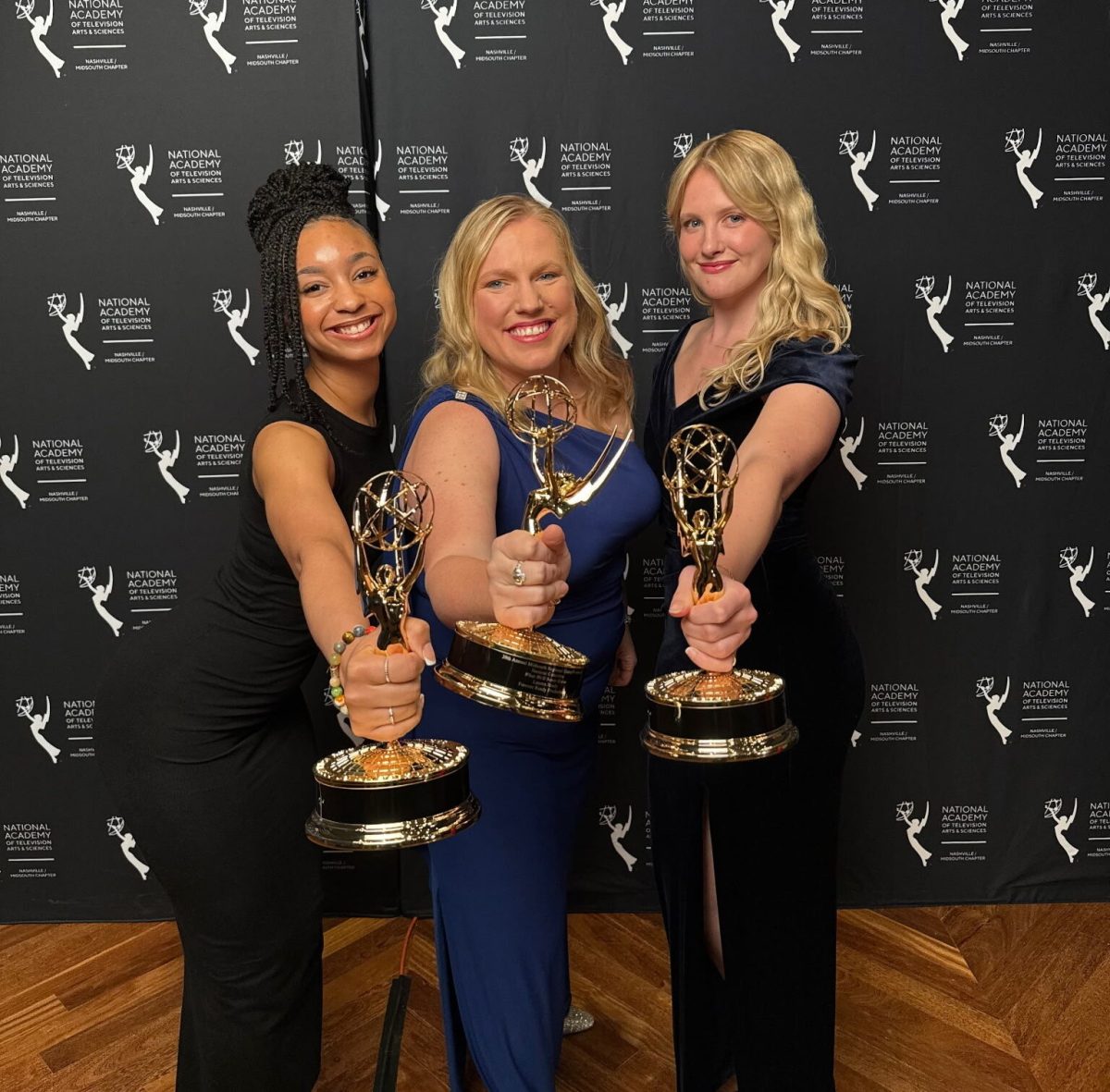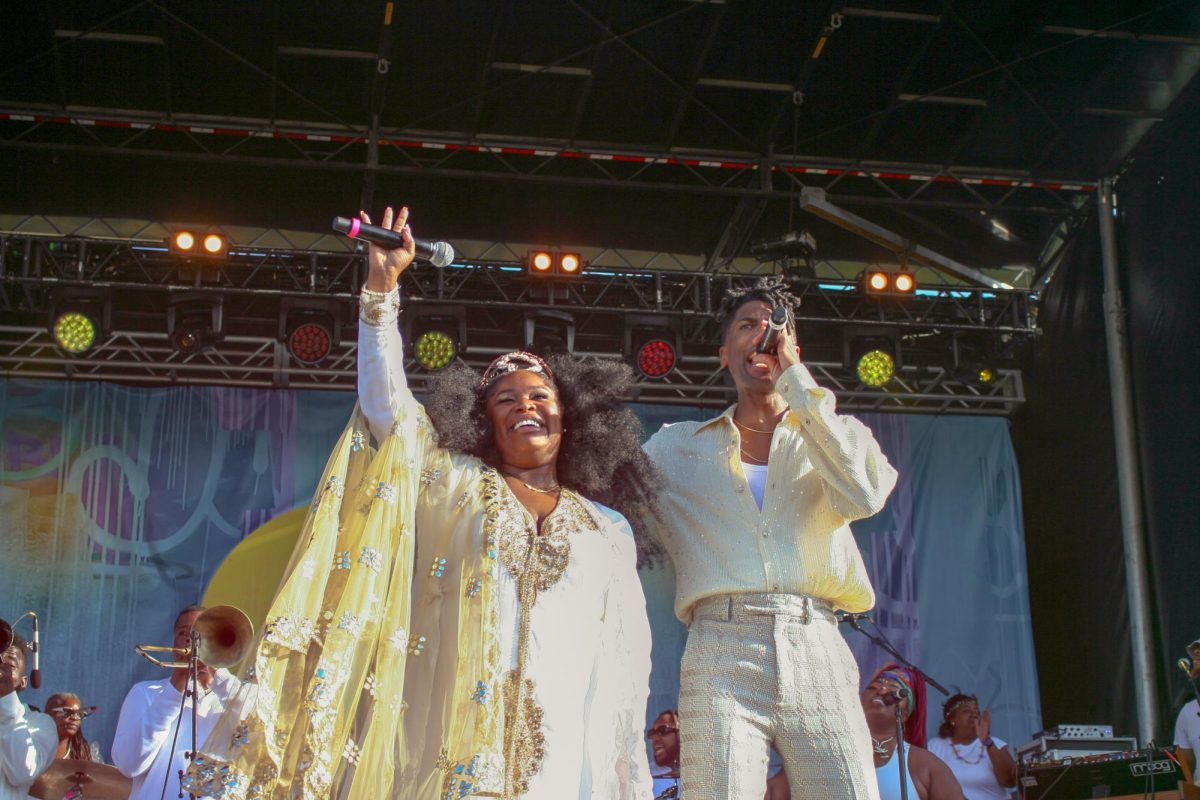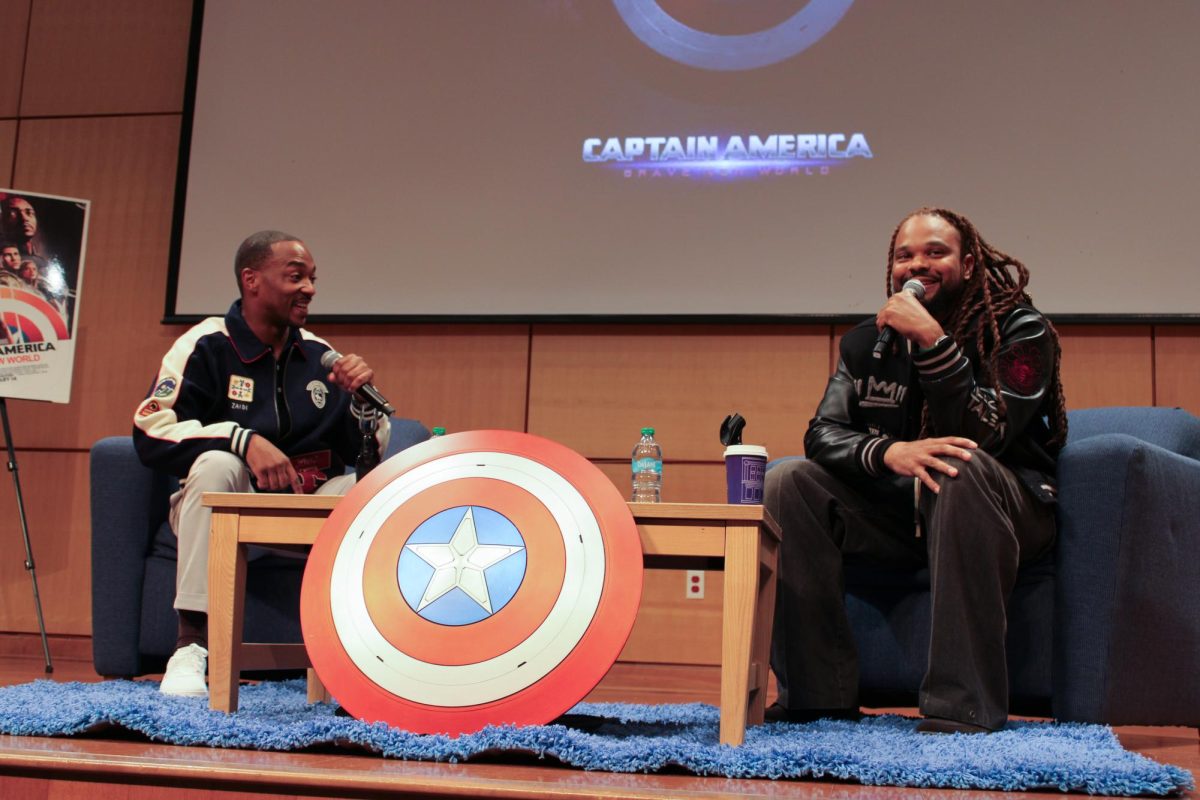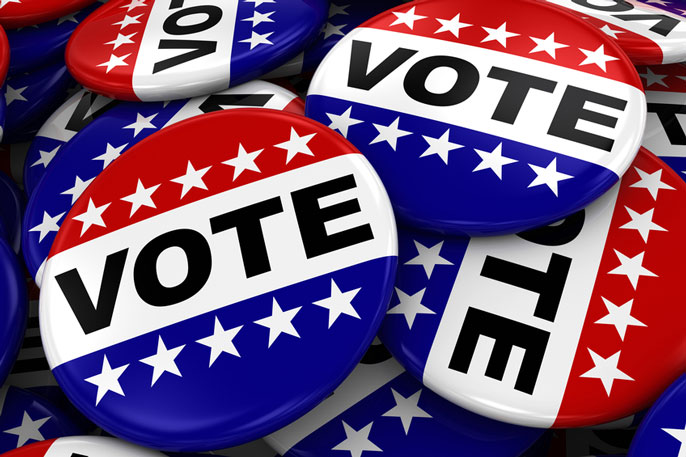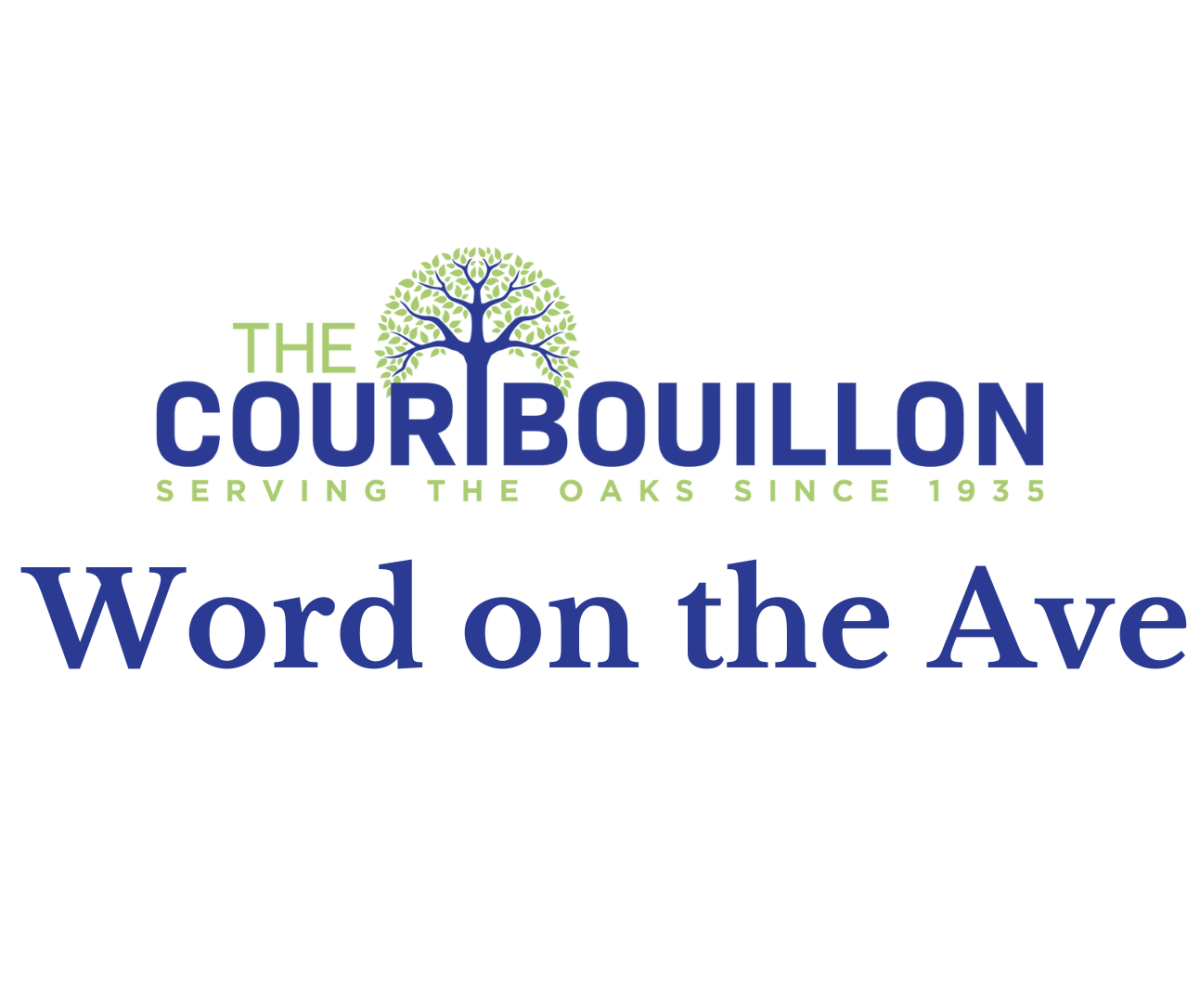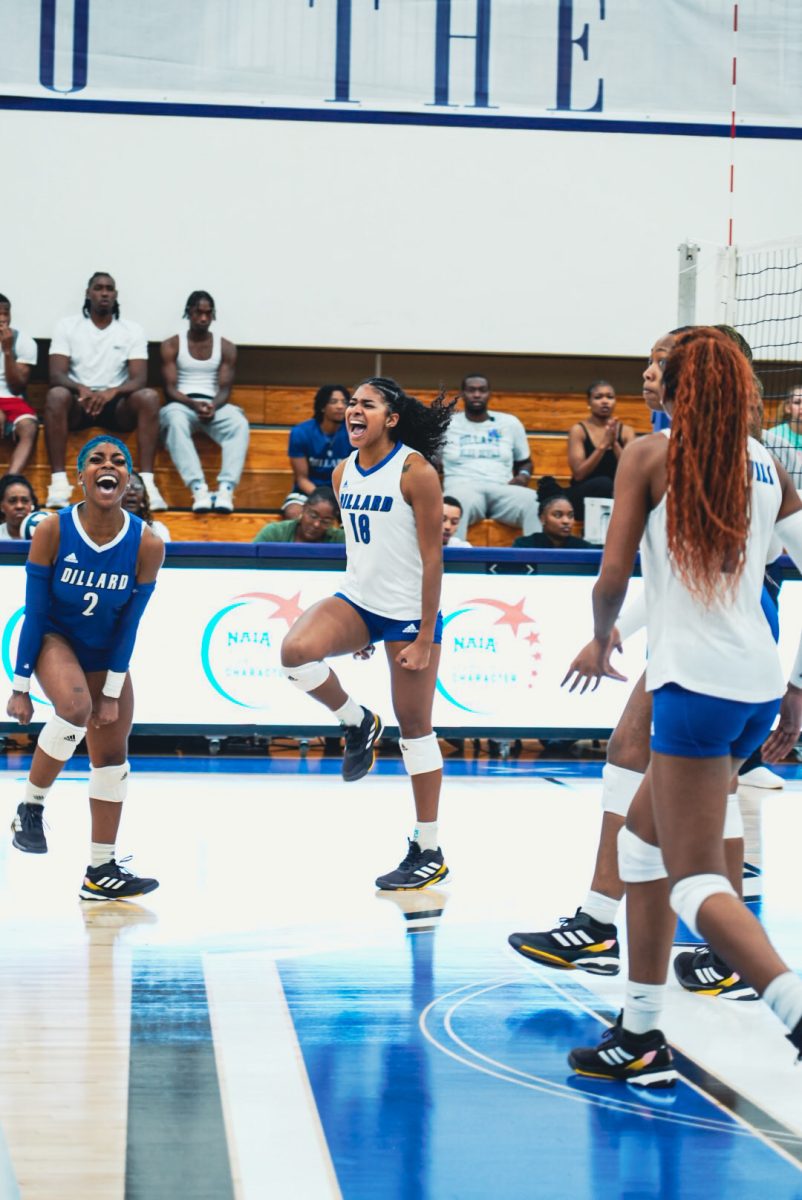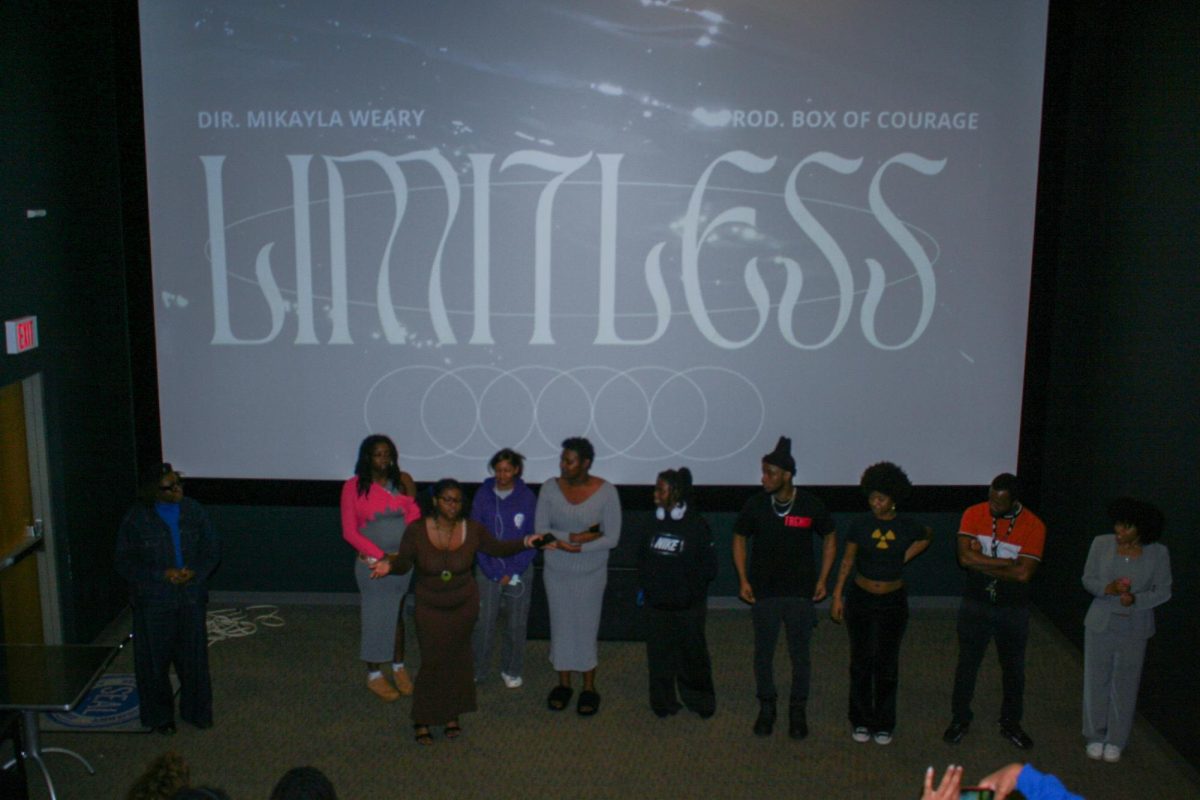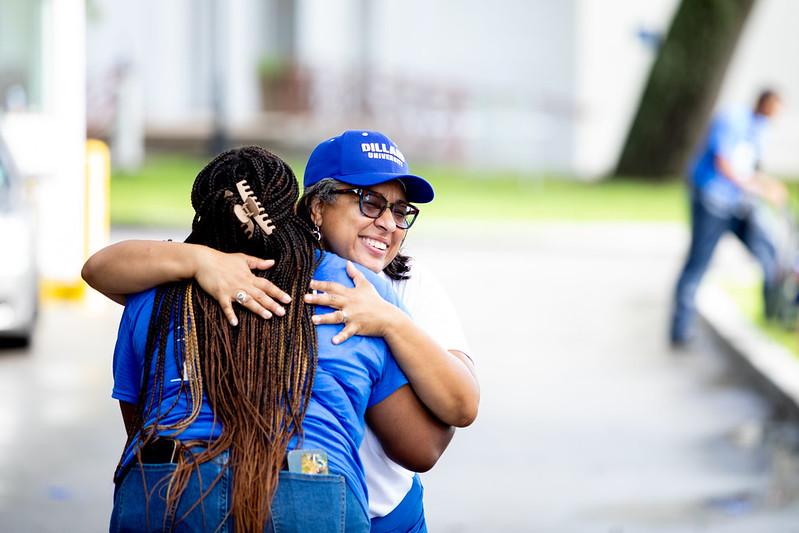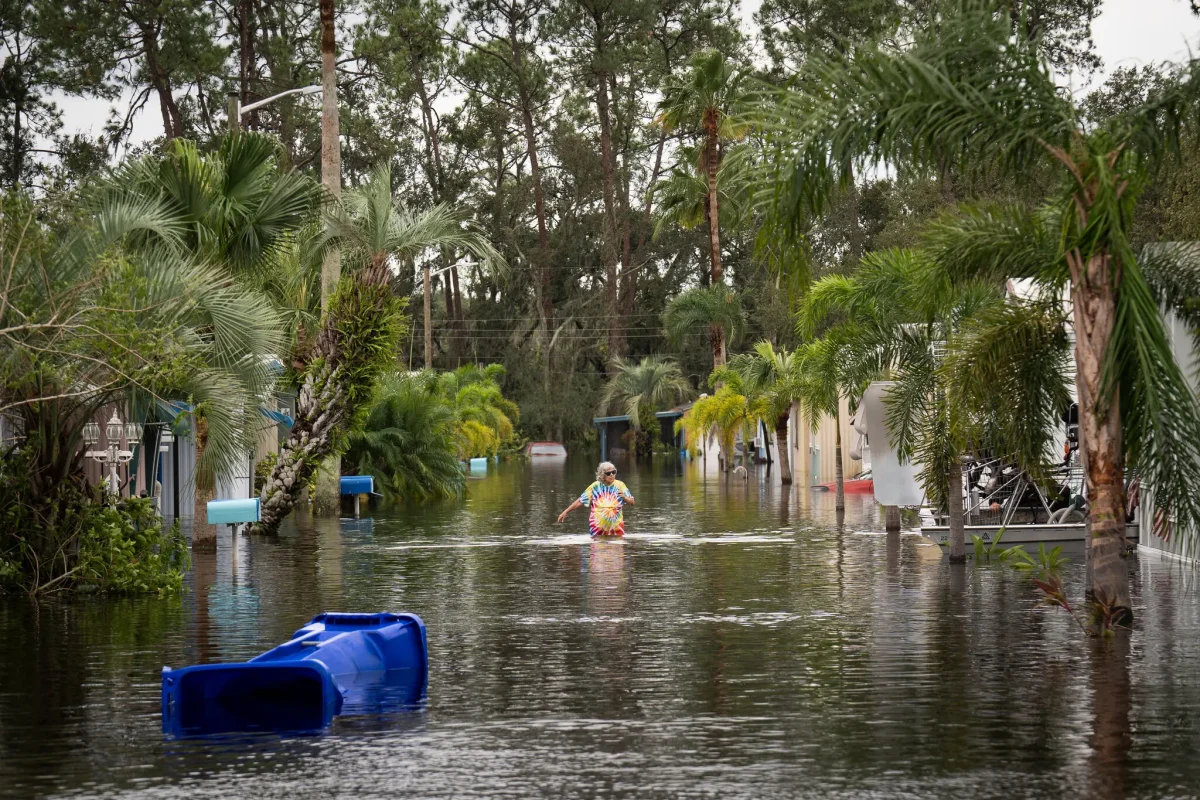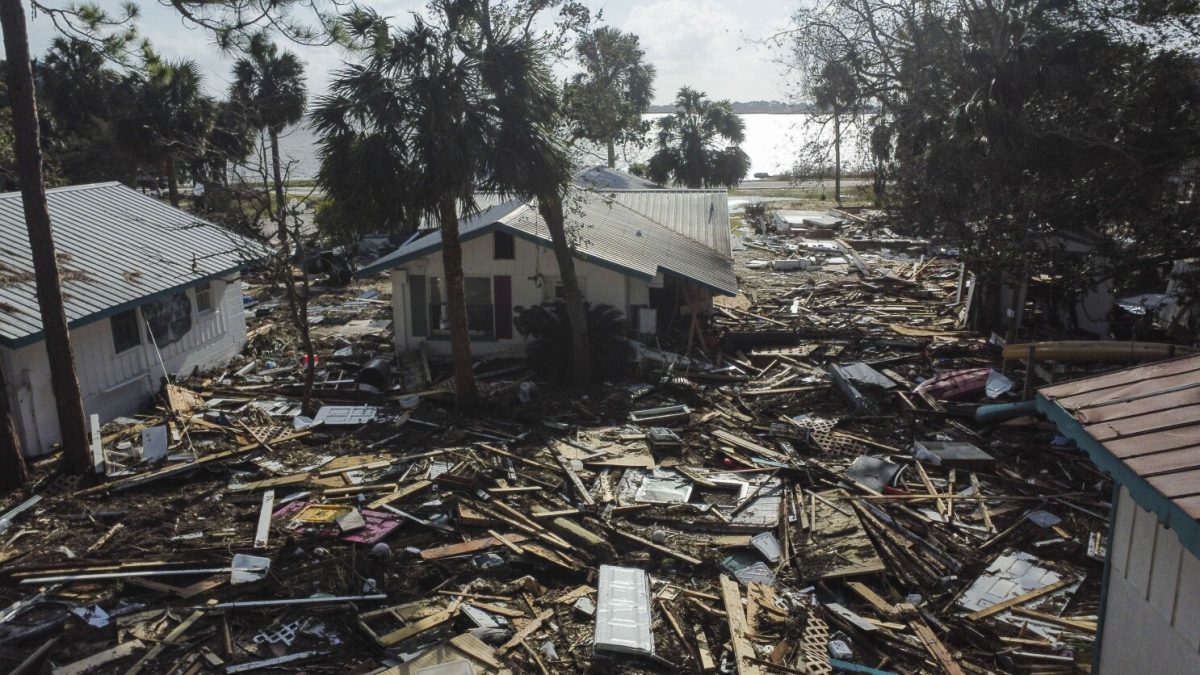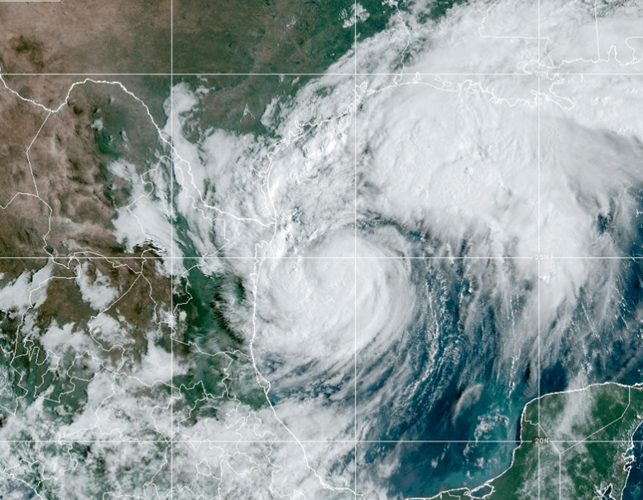
NEW ORLEANS (September 6, 2020) – As the Haus of Pride celebrates its fifth year at Dillard University, some members of the gay community on campus say they feel comfortable for the most part in this environment, but work remains to be done.
Jermany Gray, a junior political science major from Jackson, Miss., said, “It’s more like it’s okay for you to be whoever you are as long as we do not really talk about it too much. Some members of the student body may not be outright with any homophobia, but sometimes it shows through their actions.”
As an example, Gray offered “laughing at or making offensive jokes about the community or making insensitive statements among friend groups and failing to correct people who do make these jokes or statements. These are small things that make me question if people are truly supportive of the community.”
Derrick Webb, a biology sophomore from Montgomery, Ala., said the administration offers safe-zoning training for student leaders, but could do more.
“…Beyond that, the effort to be inclusive falls flat, and sometimes I think that the burden to make this campus inclusive falls on the students when the administration has a huge role to play in this shift of culture on campus,” Webb said.
Haus of Pride, identified on its Twitter account as “Dillard University’s official LGBT+ community,” was instrumental in DU’s “Inviting In Week” the week of Oct. 21. That date was designated as HBCU Out Loud Day and also National International Pronouns Week. World Pride Day is in the month of June.
Gray, who was among four students who re-established Haus of Pride in May 2019 after the organization had been re-named Haus of Q.R.O .W.N.S., said “inviting in” rather than “coming out” changes the power dynamic. (Another re-organizer was senior Jadia Washington, who became the first androgynous female to walk in Dillard’s Coronation in 2019 representing the Haus of Pride.)
“The term ‘coming out’…implies that any identity that is not heterosexual is not natural and is something bad or something we need acceptance…With ‘inviting in,” you choose who and when you share your identity with someone else.”
The gay community on campus celebrated “inviting in” with tweets, videos and an “Out Loud Arts & Crafts” event. The HBCU OutLoud event also included a Zoom speaker series.
Both Gray and Derrick said they have experienced no obviously negative incidents on campus. As a whole, Webb said, people are opening and accepting.
“As long as Dillard continues to make it comfortable for students who they are and not feel ashamed, I believe that more students will ‘come out,’ ” said Webb.
According to Washington in an interview in May 2019, the very first LGBTQ+ organization at Dillard was founded in 2015 as LGBTDU by former students Brunisha Jones and Breial Kennedy. It was later rebranded as Haus of Q.R.O.W.N.S. It became Haus of Pride on May 1, 2019, when it was re-established by students Washington, Gray, Jahnia Garner and DarLinda Wright.
The term “haus” (pronounced “house”) is taken from drag ball culture where impoverished gay people came together as a family with a Haus “mother” or “father.” They competed as families at gay balls.
The number of students at Dillard who identify as LGBTQ+ (lesbian, gay, bisexual, transgender and queer/questioning) could not be determined. However, a nationwide Gallup poll in 2017 indicated 4.5 percent of those surveyed identified at LGBT, with the numbers rising among the younger who were more willing to identify. That was up from 3.5 percent in 2012, when Gallup first began tracking the measure.
Gallup said extrapolating the results to the latest census estimate of adults 18 and older would suggest that more than 11 million adults in the United States identify as LGBT in the country today.
More women than men are willing to identify – 5.1 percent vs. 3.9 percent, respectively – and more Hispanic and Asians are (6.3 percent and 4.9 percent, respectively). Five percent of black, non-Hispanic people identify, compared with 4 percent of white, non-Hispanic people.
Not only are more people willing to identify, the nomenclature has changed as time passes. More than 10 years ago, four letters commonly identified the various sexual and gender minorities: LGBT. Then “Q” for was added (for “queer,” which has evolved into a positive descriptive from its derogatory origins, or “questioning,” depending on the source).
Next came “I,” for intersex, for someone born with biological sex characteristics that aren’t traditionally associated with male or female bodies; this one does not refer to sexual orientation or gender identity. And then came “A,” which some say stands for ally or asexual, depending on the source.
So the most recent nomenclature if LGBTQIA+, with the plus sign denoting anyone else who’s not specifically included.
(Julia Tippen contributed to this report.)

